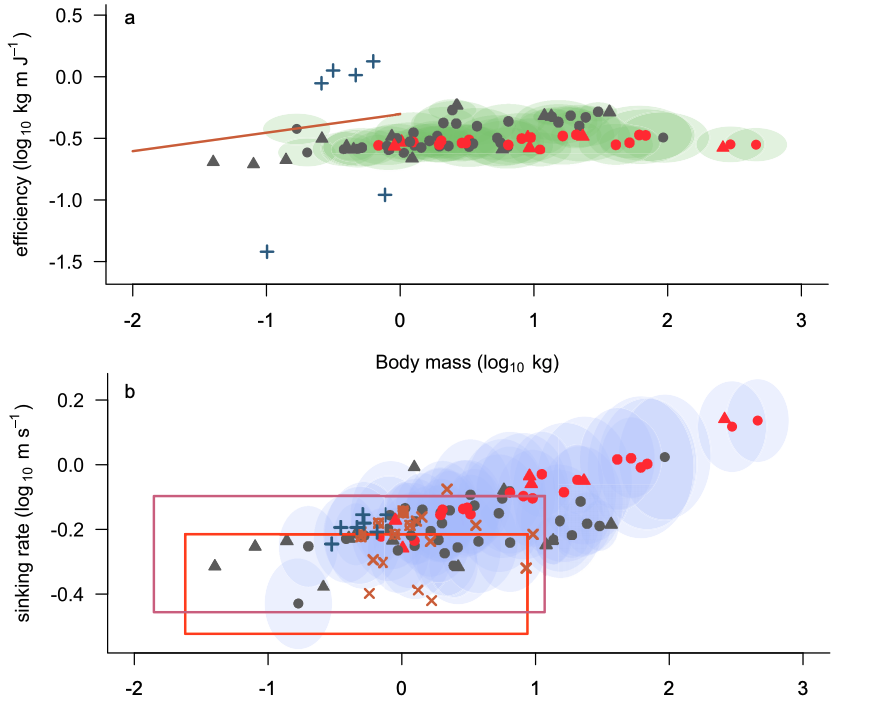Pterosaurs were flying reptiles of the extinct. In 852, Abbás Ibn Firnás, the brilliant man from Ronda who had created the Andalusian hourglass, who had learned to facet rock crystal and who had designed a very advanced armillary sphere with which to read the heavenly bodies, decided to launch himself from the highest tower of Córdoba. But he didn’t just do it, don’t think he was a lost fool. He did it by tying a tarp around his waist.
It hurt a lot; but he did not suffer serious injuries and, precisely for that reason, he is often considered the creator of the first parachute. We do not know if as a result of the blow of the experiment, Firnás spent the rest of his days obsessed with flying. During the next two decades he painstakingly analyzed the flight of birds and at the age of 65 he had wooden wings covered in silk built. He rushed into the void with them, flew for a handful of seconds, and broke both legs.
Death caught up with him two years later while he was designing a tail with which to perfect his prototype and, because of that obsession of his, I want to think that it would have been fascinating to him to know that 65 million years ago there were living beings up to 20 meters in size flying through the air. . Of course, immediately after hearing about the Quetzalcoatlus he would have asked: ” But how did they get it? “
And the truth is that for a long time the question about how pterosaurs evolved has been an unknown . For decades in the fossil record, these close cousins of the dinosaurs already appeared as almost perfectly formed beings. Now Chris Venditti and his colleagues have managed to clarify how they did it, how they came to be what they were.
Pterosaurs: The first time we fly

Venditti and team have used new statistical methods, biophysical models, and recent insights from the fossil record to see how natural selection acted by increasing flight efficiency in these animals constantly, from their origin until they became extinct. In other words, “evolution” took clumsy and ineffective fliers that couldn’t travel great distances and turned them into very sharp fliers capable of staying in the sky for a very long time.
A curious detail is that this was not always the case with all pterosaurs. The azdarcoids’ ability to fly has been a hotly debated topic due to their various adaptations that hint at a more terrestrial lifestyle. According to the authors, although azdarcoids could fly, their data indicate that their flight performance did not increase over time; that is, they suggest that flight efficiency was not too important to them.
At the scientific level, the study provides a methodology that provides a study program of functional and energetic changes through geological time. 150 million years old, in this case. A methodology capable of delving into the twists and turns of the fossil record and allows us to confirm that, as Dobzhansky said, “in biology, nothing makes sense except in the light of evolution”.
Also Read | NASA scientists confirmed the evidence of water on moon

